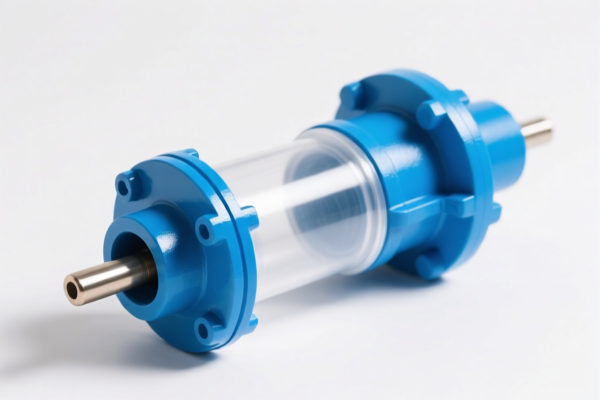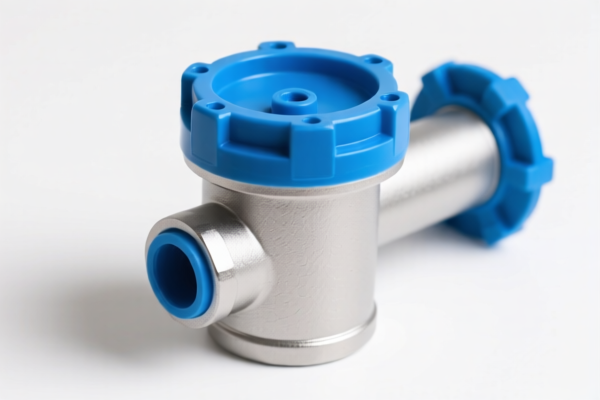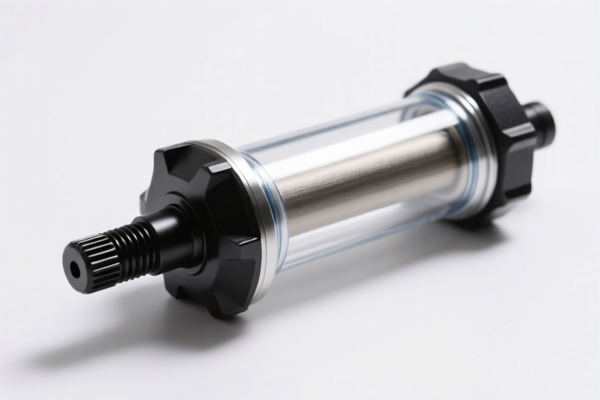| HS Code | Official Doc | Tariff Rate | Origin | Destination | Effective Date |
|---|---|---|---|---|---|
| 2201100000 | Doc | 0.26¢/liter+55.0% | CN | US | 2025-05-12 |
| 2201900000 | Doc | 55.0% | CN | US | 2025-05-12 |
| 2202999110 | Doc | 0.2¢/liter+55.0% | CN | US | 2025-05-12 |
| 2202999120 | Doc | 0.2¢/liter+55.0% | CN | US | 2025-05-12 |
| 1603001000 | Doc | 63.5% | CN | US | 2025-05-12 |
| 1603009090 | Doc | 55.0% | CN | US | 2025-05-12 |
| 3923300010 | Doc | 58.0% | CN | US | 2025-05-12 |
| 3923300090 | Doc | 58.0% | CN | US | 2025-05-12 |
| 7010905005 | Doc | 55.0% | CN | US | 2025-05-12 |
| 7010905015 | Doc | 55.0% | CN | US | 2025-05-12 |
| 8422309170 | Doc | 55.0% | CN | US | 2025-05-12 |
| 8422309186 | Doc | 55.0% | CN | US | 2025-05-12 |




Separate Bottling
Separate bottling is a process in beverage production, particularly in the wine, beer, and soft drink industries, referring to the practice of filling individual containers (bottles, cans, or other packaging) with the finished product after the primary fermentation or carbonation process is complete. This contrasts with processes like bottle fermentation, where fermentation occurs within the sealed container.
Material Considerations:
- Bottles: Predominantly glass, though plastic (PET) is increasingly common for certain beverages like water and some soft drinks. Glass offers superior barrier properties and is recyclable, while PET is lighter and less prone to breakage.
- Cans: Typically aluminum, offering excellent recyclability and barrier properties.
- Other Packaging: Includes plastic bottles (HDPE, PP), Tetra Paks, and kegs for larger volumes.
Purpose:
The primary purpose of separate bottling is to achieve consistent product quality, extend shelf life, and allow for greater control over the final beverage characteristics. It allows producers to:
- Filter and Clarify: Remove sediment, yeast, and other particulate matter before packaging, resulting in a clear, visually appealing product.
- Stabilize: Implement stabilization processes (e.g., pasteurization, sterile filtration) to prevent spoilage and maintain flavor.
- Carbonate: Precisely control the level of carbonation added to the beverage.
- Add Ingredients: Introduce final ingredients like sugar, flavors, or preservatives before sealing.
Function:
The process generally involves the following steps:
- Preparation: Bottles/cans are cleaned and sanitized.
- Filling: The finished beverage is pumped into the containers using specialized filling machines. These machines are designed to minimize oxygen pickup, which can cause oxidation and affect flavor. Counter-pressure filling is often used for carbonated beverages to prevent foaming.
- Sealing: Containers are capped, corked, or otherwise sealed to create an airtight closure.
- Labeling & Packaging: Containers are labeled, coded, and packaged for distribution.
Usage Scenarios:
- Wine: Most commercially produced wines utilize separate bottling after fermentation and aging in tanks or barrels.
- Beer: A common method for most beer styles, especially lagers and ales that do not undergo secondary fermentation in the bottle.
- Soft Drinks: Nearly all carbonated soft drinks are bottled separately.
- Water: Bottled water is almost exclusively produced using separate bottling techniques.
- Juices & Other Beverages: Widely used for a variety of non-alcoholic and alcoholic beverages.
Common Types of Bottling Machines:
- Gravity Filling: Utilizes gravity to fill bottles; suitable for still beverages.
- Counter-Pressure Filling: Used for carbonated beverages to maintain carbonation during filling.
- Isobaric Filling: A more advanced counter-pressure filling method offering greater precision and minimal foaming.
- Volumetric Filling: Accurately measures and dispenses specific volumes of liquid into each container.
- Weight Filling: Fills containers based on weight, often used for products with varying densities.
The declared goods refer to the process of filling bottles with liquids, likely for commercial production. This involves machinery for filling, closing, sealing, and potentially labeling bottles, cans, boxes, or similar containers.
Here are the relevant HS codes found within the provided reference material:
- 8422309170: Dishwashing machines; machinery for cleaning or drying bottles or other containers; machinery for filling, closing, sealing or labeling bottles, cans, boxes, bags or other containers; machinery for capsuling bottles, jars, tubes and similar containers; other packing or wrapping machinery (including heat-shrink wrapping machinery); machinery for aerating beverages; parts thereof: Machinery for filling, closing, sealing or labeling bottles, cans, boxes, bags or other containers; machinery for capsuling bottles, jars, tubes and similar containers; machinery for aerating beverages: Other Other: Machinery for filling, closing, sealing, capsuling or labeling bottles, cans or similar containers: Other. This code specifically covers machinery used for filling, closing, and sealing bottles and cans.
- 8422309186: Dishwashing machines; machinery for cleaning or drying bottles or other containers; machinery for filling, closing, sealing or labeling bottles, cans, boxes, bags or other containers; machinery for capsuling bottles, jars, tubes and similar containers; other packing or wrapping machinery (including heat-shrink wrapping machinery); machinery for aerating beverages; parts thereof: Machinery for filling, closing, sealing or labeling bottles, cans, boxes, bags or other containers; machinery for capsuling bottles, jars, tubes and similar containers; machinery for aerating beverages: Other Other: Machinery for filling, closing, sealing, capsuling or labeling boxes, bags or similar containers: Machines for opening, filling and closing boxes. This code covers machinery specifically for filling, opening, and closing boxes or similar containers.
The total tax rate for both HS codes is 55.0%.
Please note that these codes relate to the machinery used in the bottling process. If the declared goods are the filled bottles themselves (e.g., bottled water, beverages), different HS codes would apply (potentially 2201 or 2202, depending on the contents).
Customer Reviews
No reviews yet.